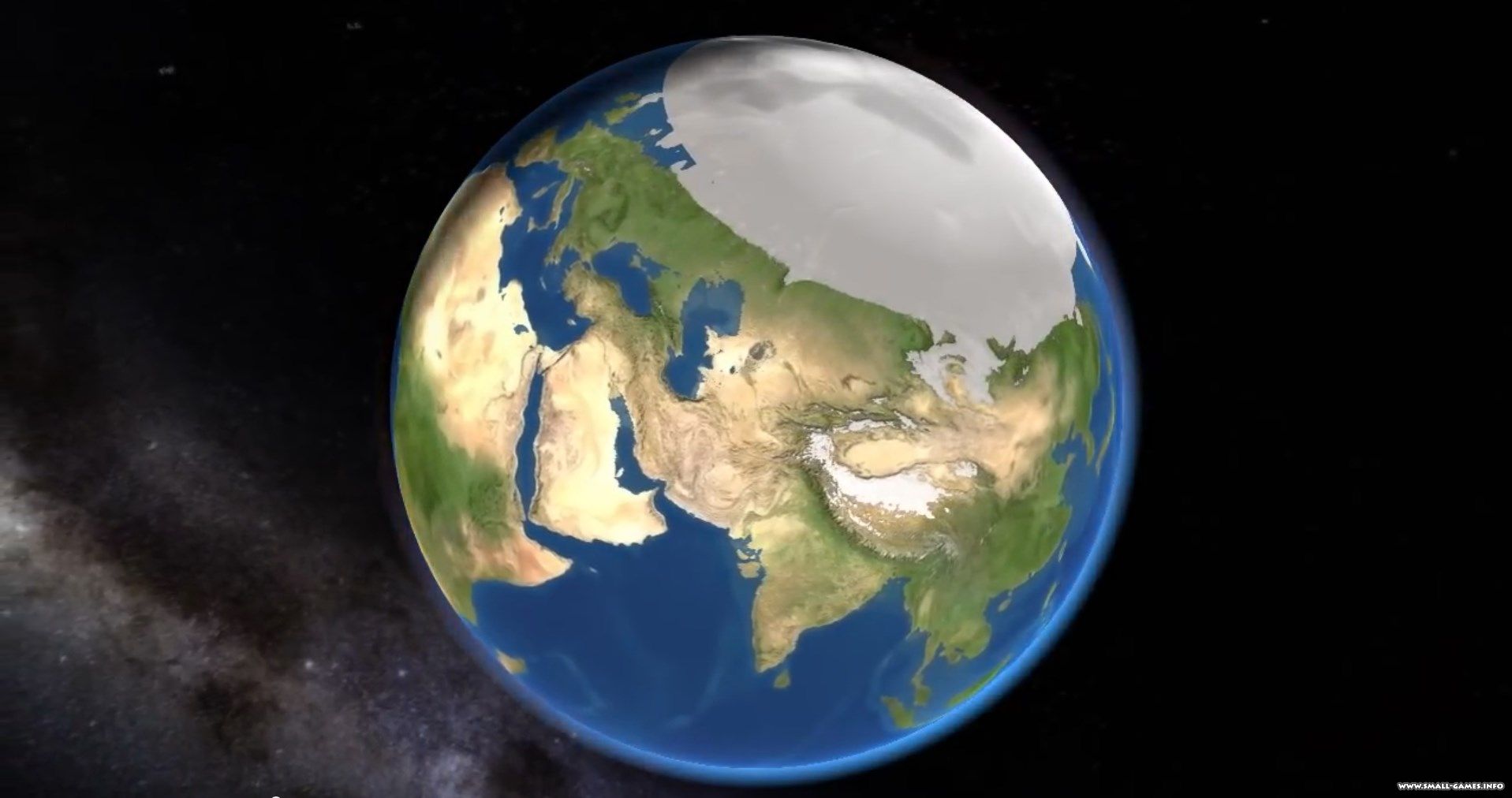
We’re exploring ways of applying this drag force to objects passing through gas clouds and liquids too.

To simulate meteors and shooting stars, we’re working on allowing objects to burn up while traveling through a planet’s atmosphere.
Universe sandbox 2 demo fnac update#
Stay tuned for a status update later this year. We’re researching methods to allow objects to stretch and deform, like two fluids mixing, during collisions, to improve upon the sphere absorbing method we currently use.This is often known as rigid body collision physics. We're working on adding new physics so that everyday objects, simple shapes like dice and pyramids, but also complex shapes like sledgehammers and spacecraft, will collide according to their unique forms. Currently, when objects collide, they're treated as spheres.Watch oceans of methane mix with oceans of oxygen in real time.Īfter - Improvements to our gravity simulation allow these moons to orbit with trails that clearly show a fish. Materials will have customizable colors based on their physical properties that will blend on the surface of objects.This feature and interface are a work in progress. Artificial coloring is used here to help differentiate materials.

Liquid materials added to the surface of a planet with the Planetscaping tool will blend over time. If you change the composition, the radius will change with it.

For example, new materials like methane will allow us to fully simulate lakes of liquid methane on Titan. We’re expanding the number of materials in Universe Sandbox you can use to simulate, construct, and terraform planets and atmospheres realistically. Material colors are manually adjusted to help see the lakes. Titan’s properties include the amount of methane and the percentage in each phase (solid, liquid, and gas).

More Materials & Composition Simulation Titan with realistic lakes of liquid methane.


 0 kommentar(er)
0 kommentar(er)
